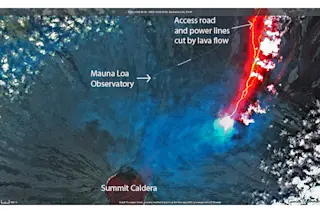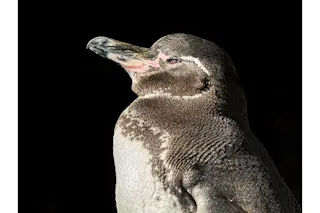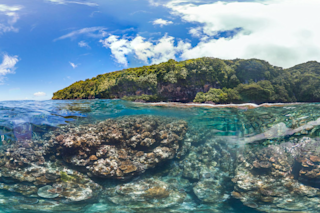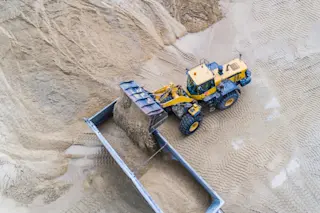A nice sparkly ring with a piece of Antarctic ice on it---you have to admit, it would have a certain appeal. Scientists have confirmed for the first time that Antarctica's crust contains kimberlite, the igneous rock that often harbors diamonds. Antarctica was the last holdout---every continent on Earth contains kimberlites, which in some parts of the world are mined for diamonds. Australian researchers report
today in Nature Communications that the kimberlites, found in the northern Prince Charles Mountains, originate from the vast Gondwanan kimberlite area, dating from 120 million years ago during the Cretaceous period. These rocks are thus from the same source as the kimberlites found in all the major Gondwanan continents---Africa, India, South America and Australia.
The three samples of kimberlite that were found---one from a rocky outcropping in the Prince Charles Mountains and two others from boulders nearby---didn't themselves contain diamonds. But they are classified as "Group ...













